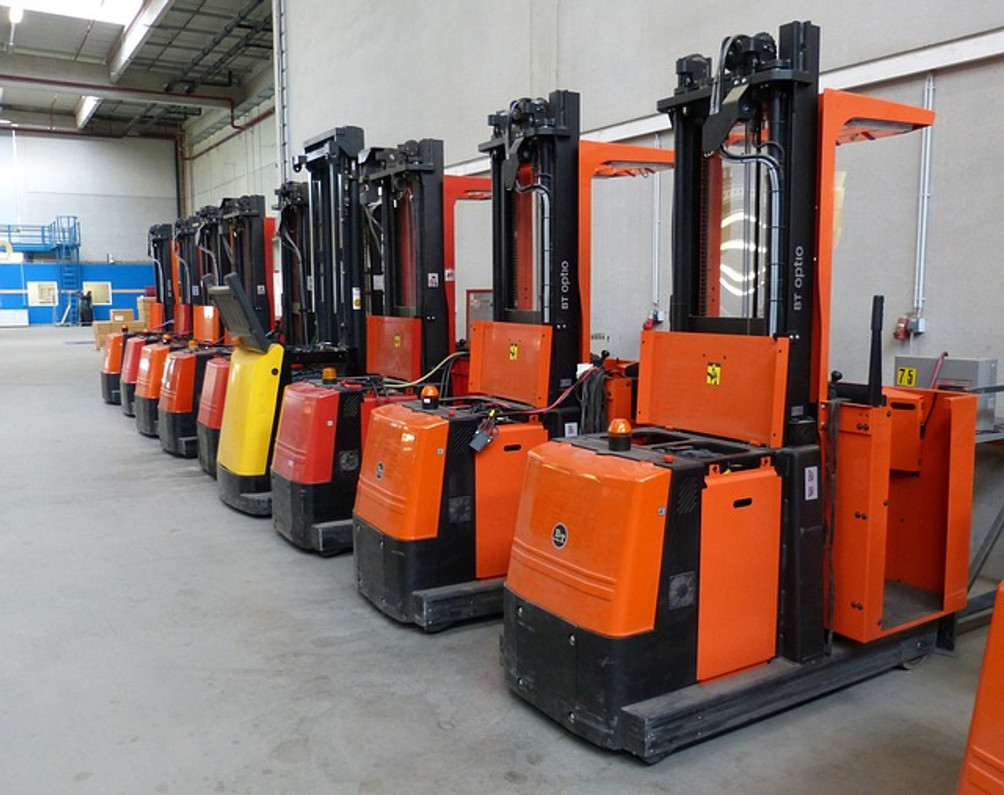A Reminder to Inspect Your Forklift Forks
Forklifts make it easy to transport heavy loads. As you may know, they are industrial trucks with a pair of height-adjustable forks on the front. You can lower the forks so that they slide under a heavy object, after which you can raise the forks. With the forks raised, you'll be able to carry the object by driving the forklift. But if you're planning to use a forklift at your place of business, you'll need to inspect the forks on a regular basis.
Check the Angle
One of the most important things to do when inspecting the forks on a forklift is to check the angle. The forks should be straight so that they are flush or almost flush with the ground. Over time, however, they can become bent. Constantly lifting heavy loads with a forklift may result in bent forks. Rather than being flush with the ground, the forks will be curved upward.
Look for Cracks
In addition to checking the angle, you should check for cracks when inspecting the forks. Forklift forks are typically made of thick stainless steel. While they can handle heavy objects, they aren't immune to damage. Cracks can form in the forks that, if left unchecked, jeopardize their integrity. Even if it's a small hairline crack, the affected fork may snap in half the next time you use it.
Inspect the Mounting Point
Don't forget to inspect the mounting point as well. The mounting point is the area where the forks connect to the forklift's undercarriage. Forks aren't permanently affixed to the undercarriage. Rather, they are connected via pins or other fasteners. When inspecting the forks, take a moment to check the mounting point. The forks should be properly secured to the undercarriage. If the pins or fasteners are loose, missing or damaged, you'll need to fix them before operating the forklift.
Check the Heel
The heel is another area that you should check when inspecting the forks on a forklift. All forks have a heel. Forks consist of 90-degree arms. The junction between the vertical arm and the horizontal arm is the heel. Fork heels can become worn. If you notice any signs of structural fatigue or damage, you'll need to replace the forks.
Consider the Load Capacity
What's the load capacity of the forks? All forks have a load capacity. Also known as a load rating, it represents the maximum amount of weight the forks can safely lift and carry. When inspecting the forks on a forklift, consider the load capacity. You should stay within the load capacity to protect the forks from premature failure.
Recent Posts
-
Fire Safety in the Workplace: What You Need to Know
What steps are you taking to prevent fires in your workplace? According to the U.S. Occupational Saf …Aug 23rd 2023 -
Is It Safe to Go Jogging With a Cold Infection?
If you're suffering from a cold infection, you might be wondering whether it's safe to go jogging. T …Aug 22nd 2023 -
5 Safety Tips to Follow When Using a Powder-Actuated Tool
Powder-actuated tools are commonly used to join materials to steel and concrete. Also known as Hilti …Aug 20th 2023




